Brief History
The Lockheed U-2, nicknamed "Dragon Lady", is an American single-jet engine, high-altitude reconnaissance aircraft operated by the United States Air Force and previously flown by the Central Intelligence Agency. It provides day and night, high-altitude, all-weather intelligence gathering.
On May 1, 1954, despite the breezy spring weather, leaders across Washington D.C.’s intelligence community found themselves breaking out in a cold, panicked sweat. Over the skies of Red Square in Moscow, the Soviet Union had just introduced its newest bomber — the Myasishchev M-4, ominously nicknamed “Hammer” — during a Russian May Day celebration.
Coming on the heels of the Soviet Union’s successful detonation of a hydrogen bomb the previous summer, the unveiling fuelled a growing fear that Russia had not only eclipsed the West in terms of both nuclear weapons and bomber production but was gearing up for a potential attack on the U.S. as well.
The U.S., which had been allied with the Soviet Union during World War II, only to see it transform — literally overnight — into its fiercest Cold War enemy.
Penetrating the Iron Curtain had proven far more challenging than U.S. intelligence agencies had anticipated. The vast size of the Soviet Union made it difficult to survey. And when surveillance aircraft were sent to the edges of Russian airspace, they were often shot down by Soviet forces.
President Dwight Eisenhower needed a new set of eyes in the sky. He would get them through the Lockheed U-2 high-altitude reconnaissance aircraft.
The initial designs for what would become the U-2 were created by Lockheed engineering guru Clarence “Kelly” Johnson in 1953. Working under the cloak of secrecy in the famed Skunk Works® division, Johnson envisioned a light high-altitude reconnaissance aircraft capable of flying above the reach of Soviet anti-aircraft fire.
The U-2 borrowed its sleek looks from the profile of a traditional sailplane. Its long, tapered wing —one-third the weight of what was normal at the time — allowed it to fly missions covering a range of 3,000 miles and carry up to 700 pounds of the latest photoreconnaissance equipment to a staggering and unprecedented altitude of 70,000 feet.
Unfortunately, by the time Johnson could provide a full proposal to U.S. officials in the summer of 1954, President Eisenhower and CIA Director Allen Dulles had already signed off on two competing designs for a high-altitude reconnaissance aircraft.
Box and Contents
The box from Hobby Boss is rectangular in size with a carton bottom and thin lift of lid, the artwork on the top is of a U-2 in the air.
So, in the box is four light grey sprues containing the parts of the aircraft, all four of the sprues were in their individual sealed bags which helps keep them safe from damage. The small bags contain the clear parts of the glazing and are also wrapped in foam giving them plenty of protection.
This is followed by the instructions with three finishing options and of course the decals.
Review
So onto the review and starting at the business end and the cockpit I was surprised, to say the least at the lack of detail in this cockpit-like control panels that were completely flat no raised instruments and the main panel was again flat and the decal for the main flying instruments was ok, however with all different kinds of technology for the big companies to invest in, I feel Hobby Boss have missed the train here. It was not all doom and gloom as the frame for the ejector seat was quite nicely thought out and gave a bit more of a plus, the pilot seat was again flat with no other detail on it, and the headrest and support for the pilot are nicely made.
The detail on the two fuselages looks quite good with detail on access panels and panel lines all seeming to be right looking at the detailed drawings I have in front me, there are a few injector pin marks but none that you will see once the two halves are joined. The engine is detailed at the end around the turbine.
A pleasant surprise around the detail of the under-carriage wheel wells, with good ribbing especially structurally which is nice and gives it a sense of a real inner wheel well.
Further good detail can be seen inside the airbrake's interior is spot on with the hydraulic ram and channel that it sits in on the side some detail and some electrics are also on show.
The wing detail is particularly good, but the plastic looks like it has been stressed during the tooling process it is not going to be visible once painted and could have been a one-off. I think the way they separated the alerions in the moulding is spot on, and the same for the inspection panels. Two small holes must be drilled in the bottom of both wings no size for the holes is mentioned.
The tailplane has some nice, recessed panel lines and good definition between the rudder and tailplanes like the main wing and alerions, both sides of the tailplane stabilisers show good definition between the trimming tailplane, elevator, and elevator trim is in place, and definable
The wheel wells are particularly good in detail I was surprised the tires have no tread visible even with my magnifying glasses on I am starting to think am I being too picky now, or critical or just pointing out what I am looking at with all the new tooling that is out now, some of this should have been addressed.
Air intakes are nicely moulded and will fit nicely on the fuselage. the (Elint) wing pod Electronic Intelligence and show the definition of the interchangeable parts of the pods
Now the glazing is sharp and crystal clear on the cockpit and includes the ultra-violet shield to protect the pilot when flying outside of the troposphere in the stratosphere where the UV-Radiation is higher in the stratosphere where it works as a defence for earth
Conclusion
I know that this model kit is a 1/72nd scale, and it did surprise me that it came in a small box, the one that I saw and thought was about to land on top of my car was a huge TR-1 the art of deception and the amazing way our minds work fascinating.
Ok, it is not without some faults, some of the detail on the actual aircraft is amazing like the way Hobby Boss, went about defining the wings, so you can see the start of the alerions from the main wings. This is the same for the tailplane stabilisers with the rudder port and starboard trimming the tailplane and elevators but perhaps the best part must be the definition of the tiny elevator trim tabs.
The build for this kit is over six pages but looks easy enough to build some truly little parts that need to be fitted and extra care should be given when removing these from the sprues. Three finishing options are included are a
Midnight blue registration 3512
A two-tone grey USAF registration number 66700
Lastly is a black version BB AF80080

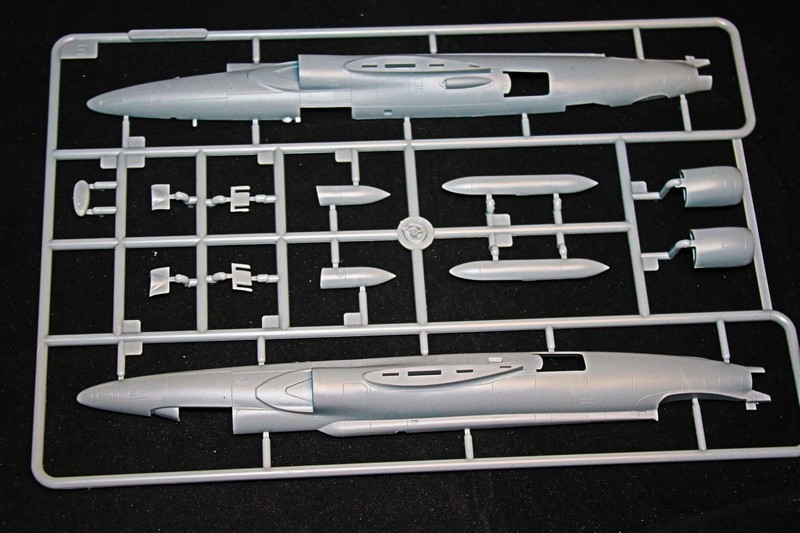
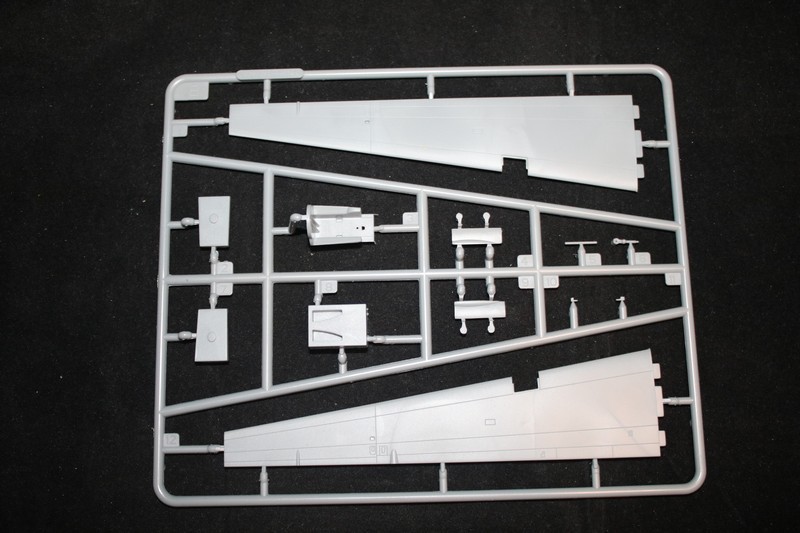
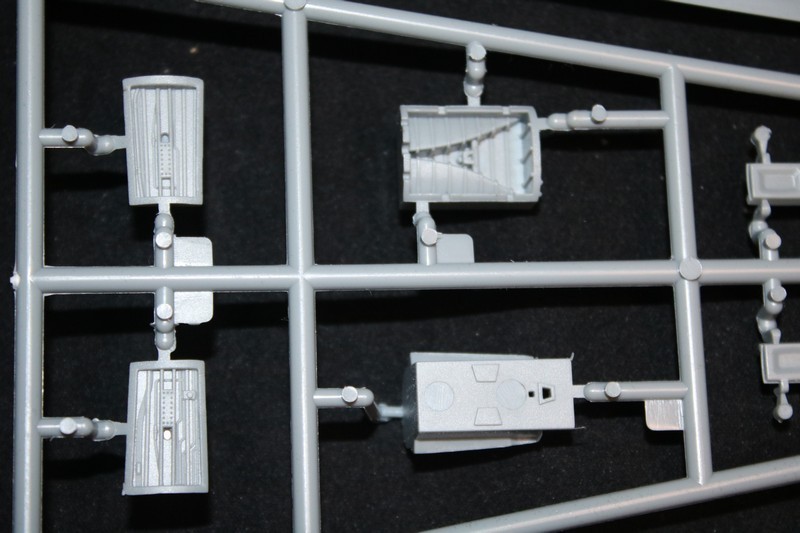

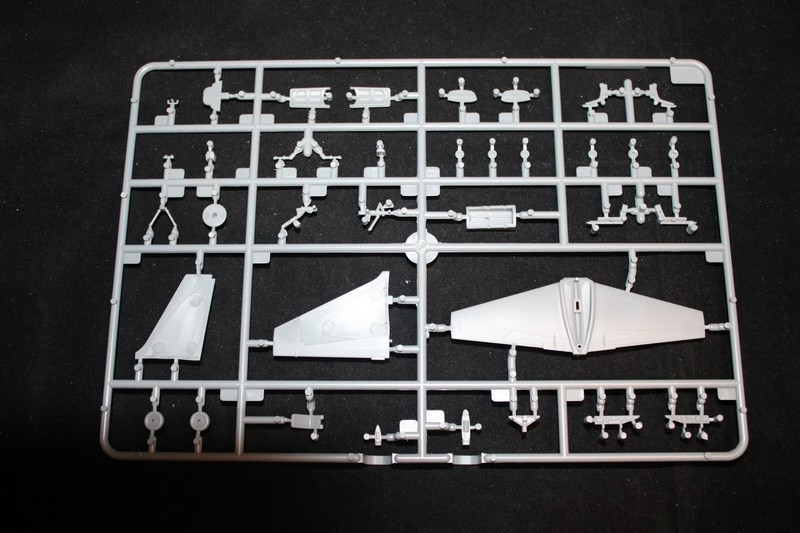
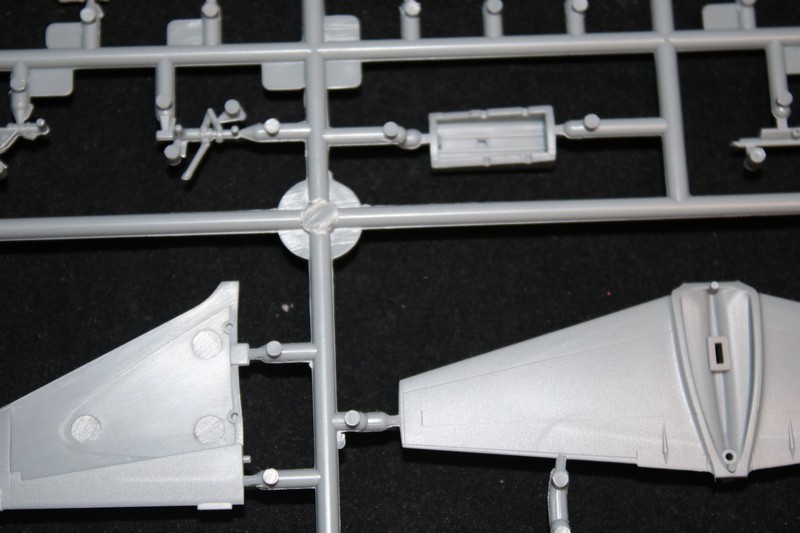
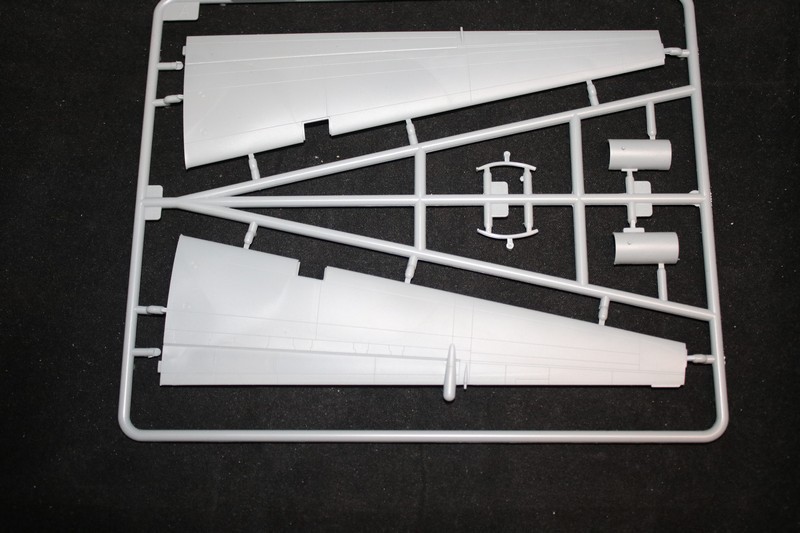
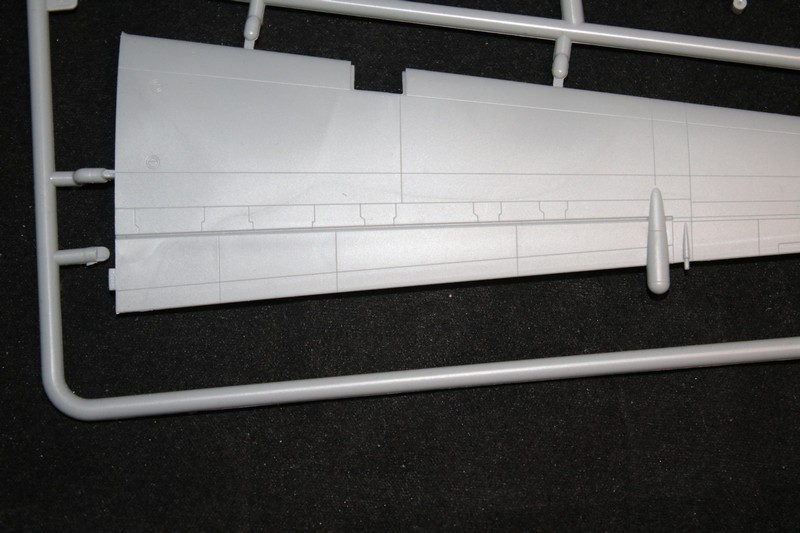

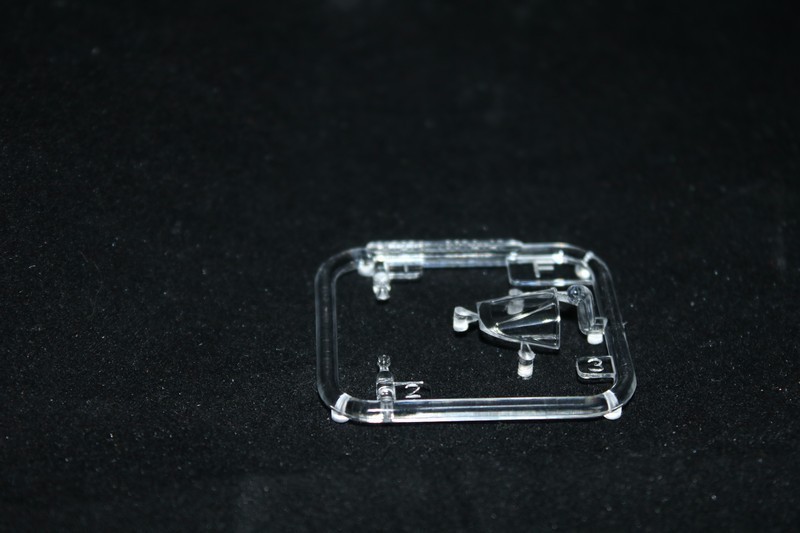

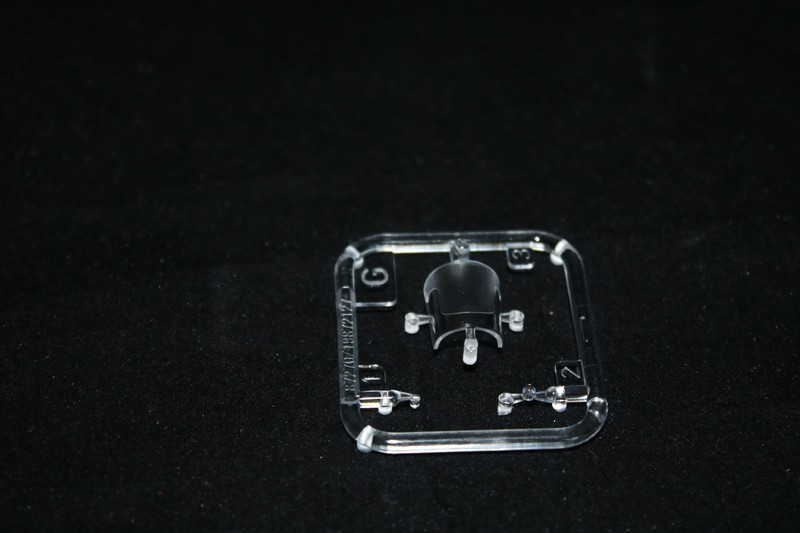
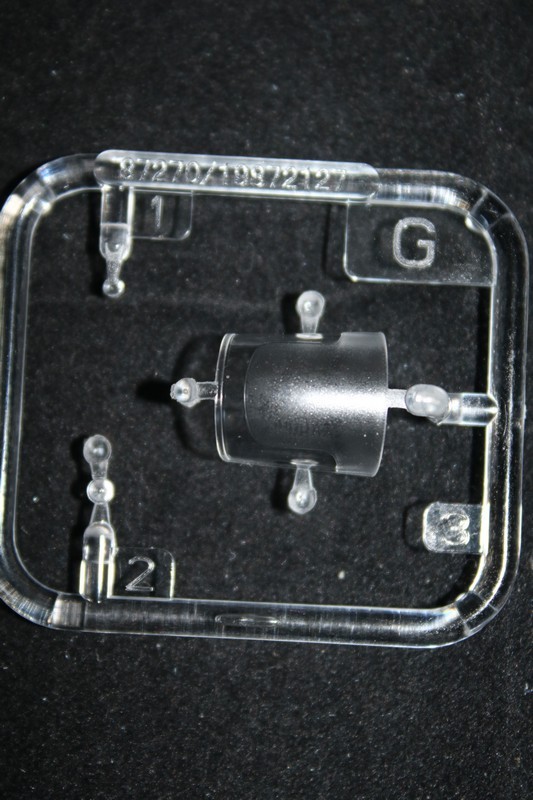




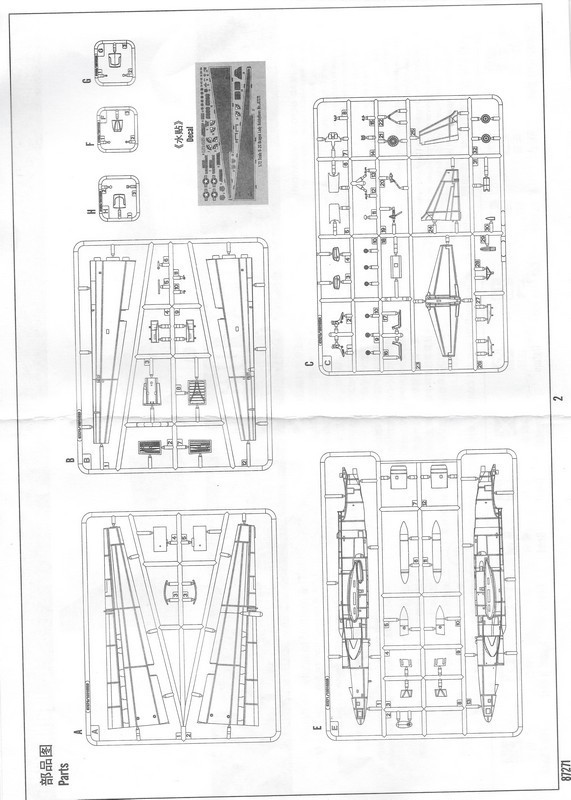
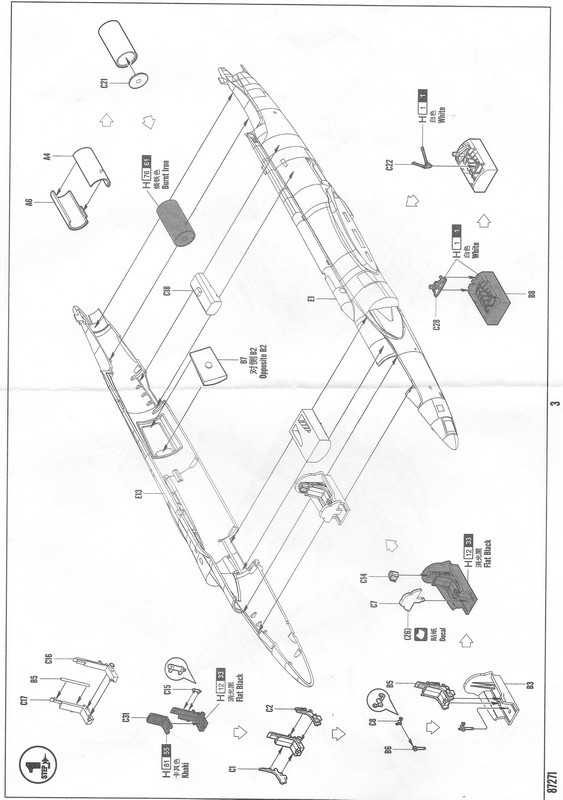


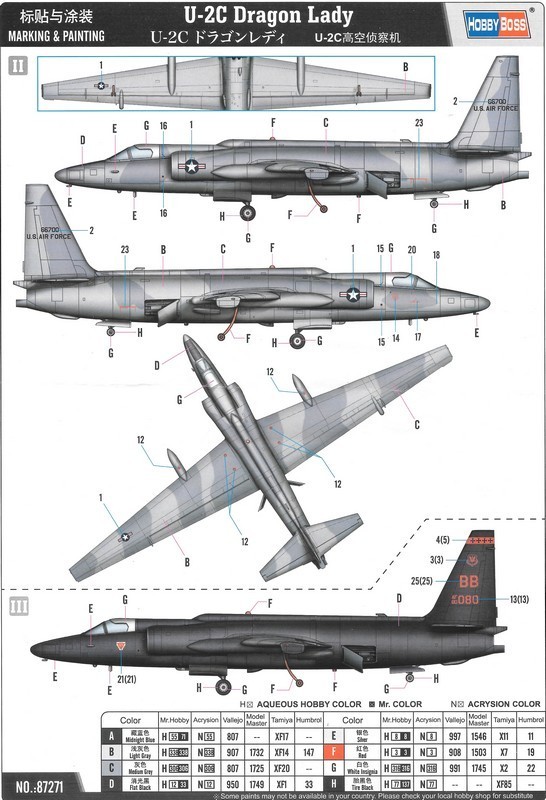











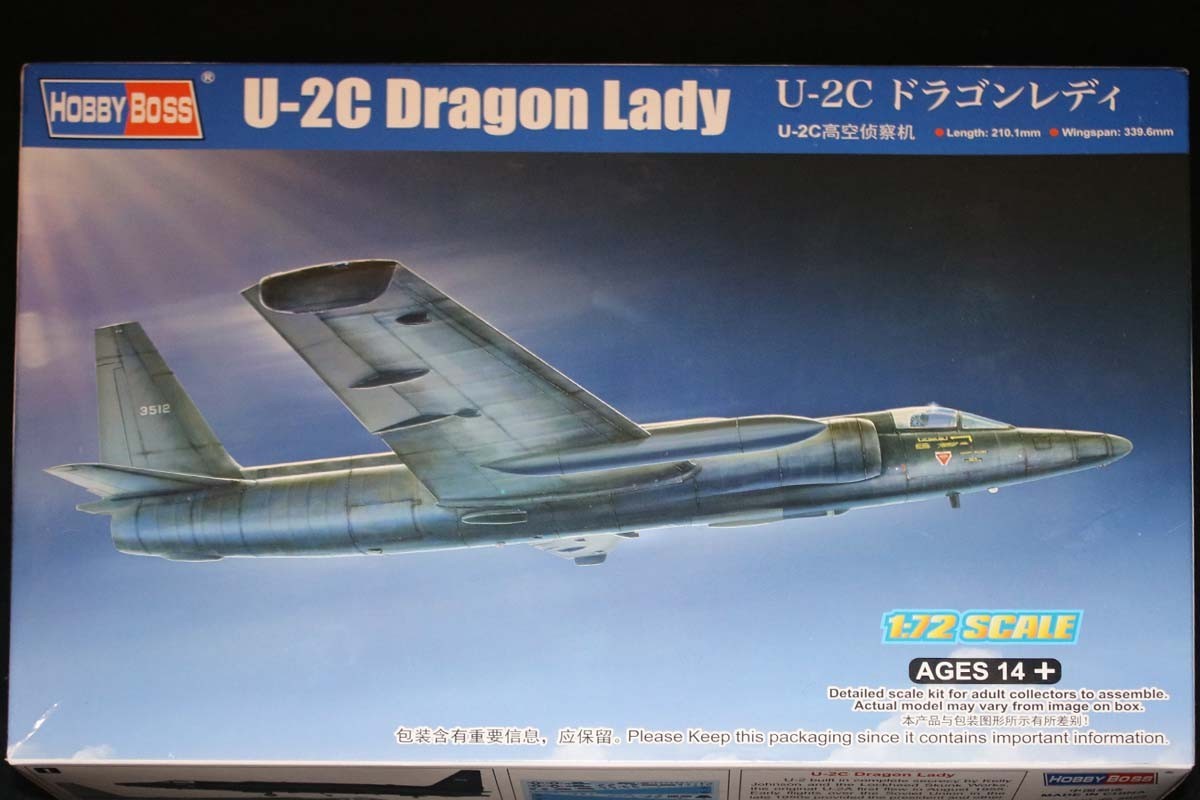






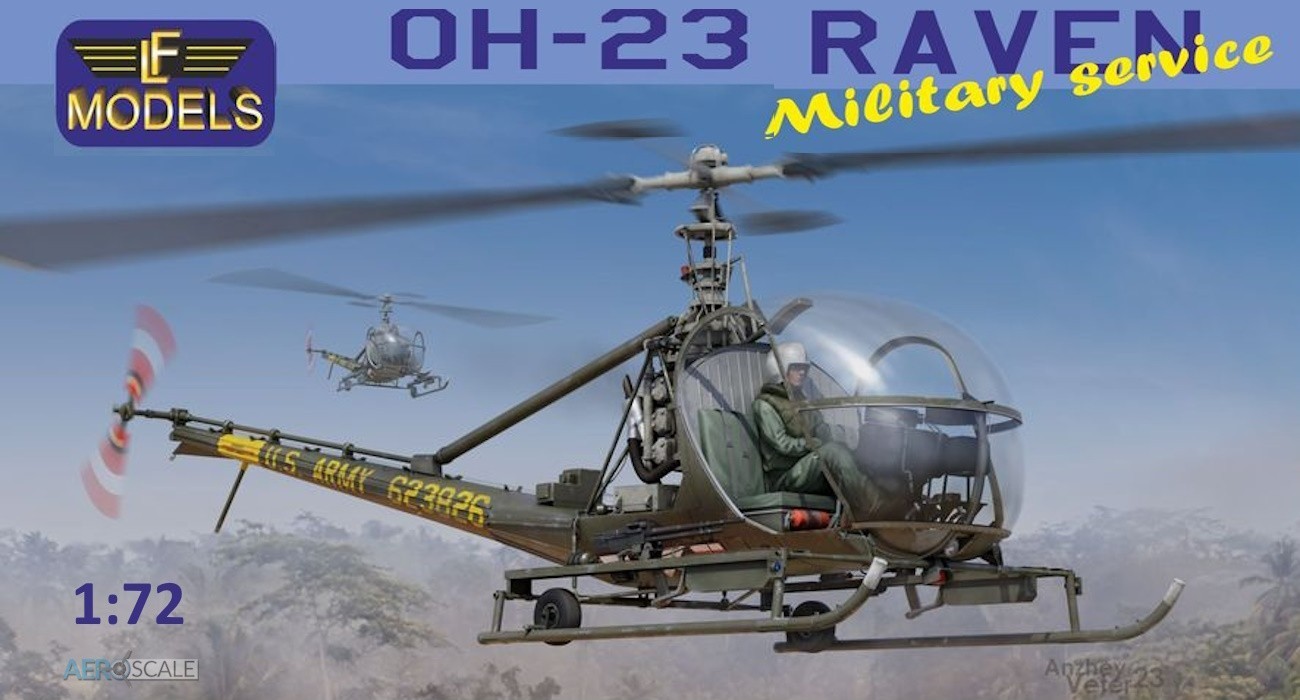
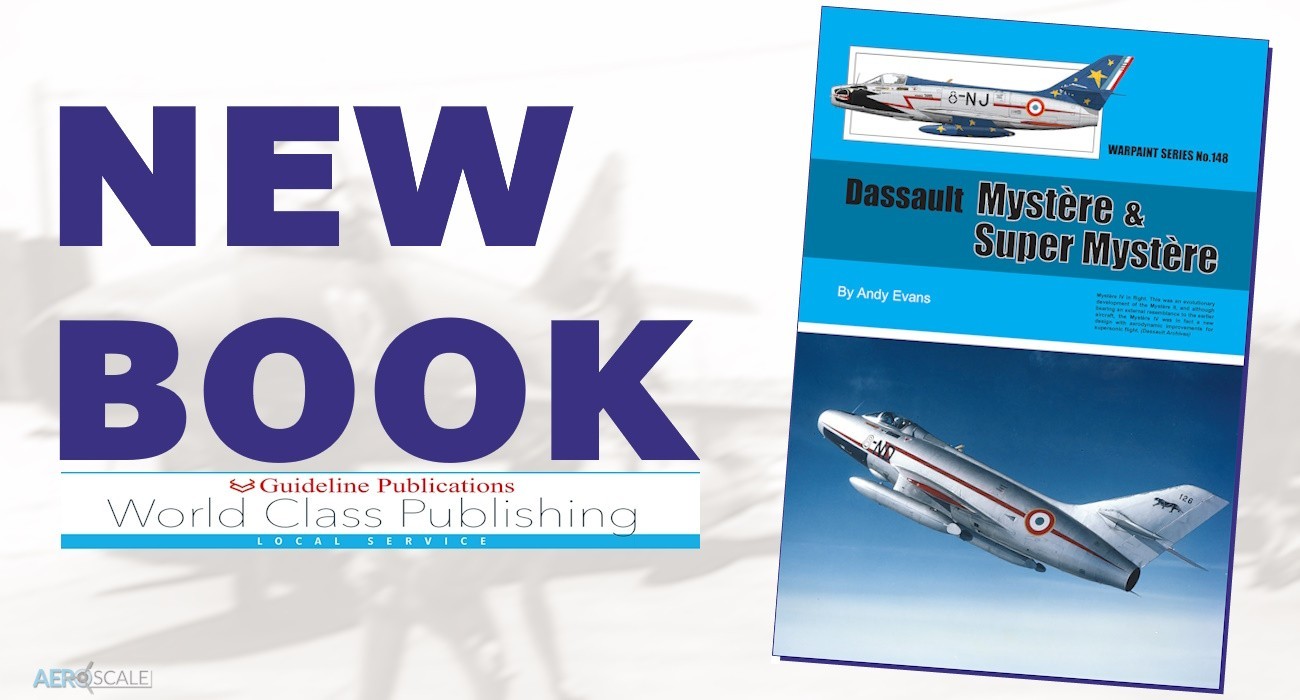


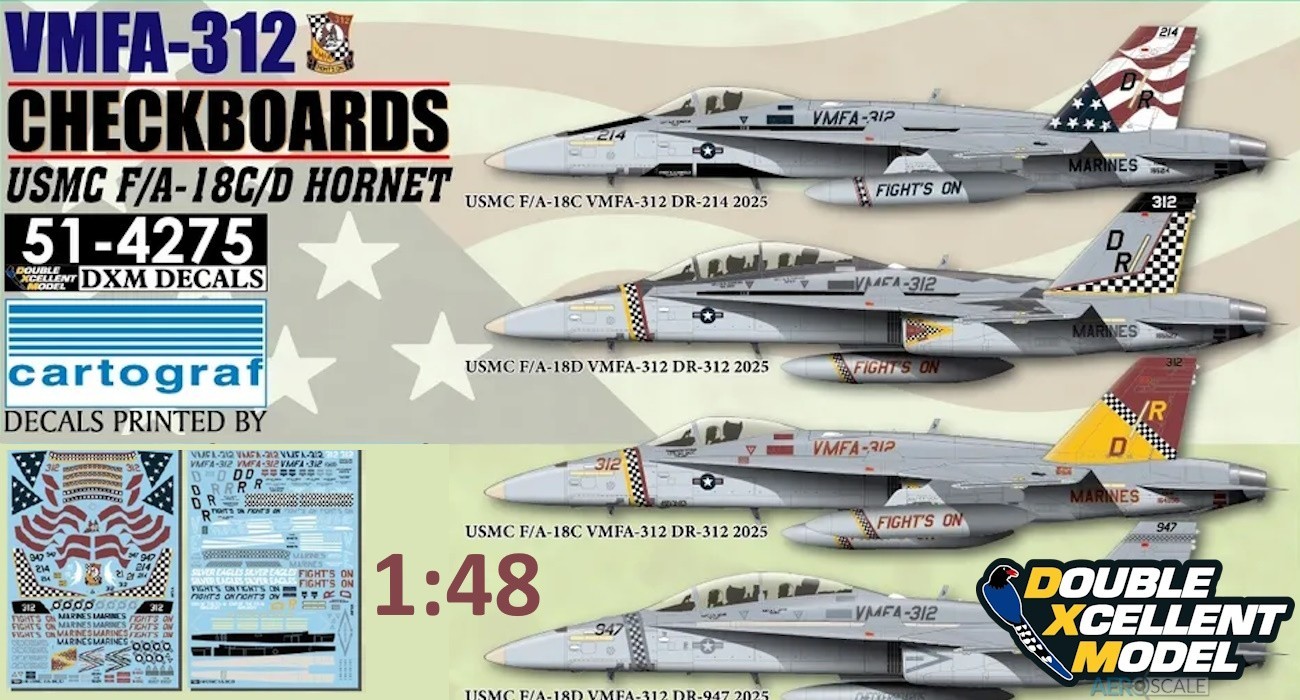
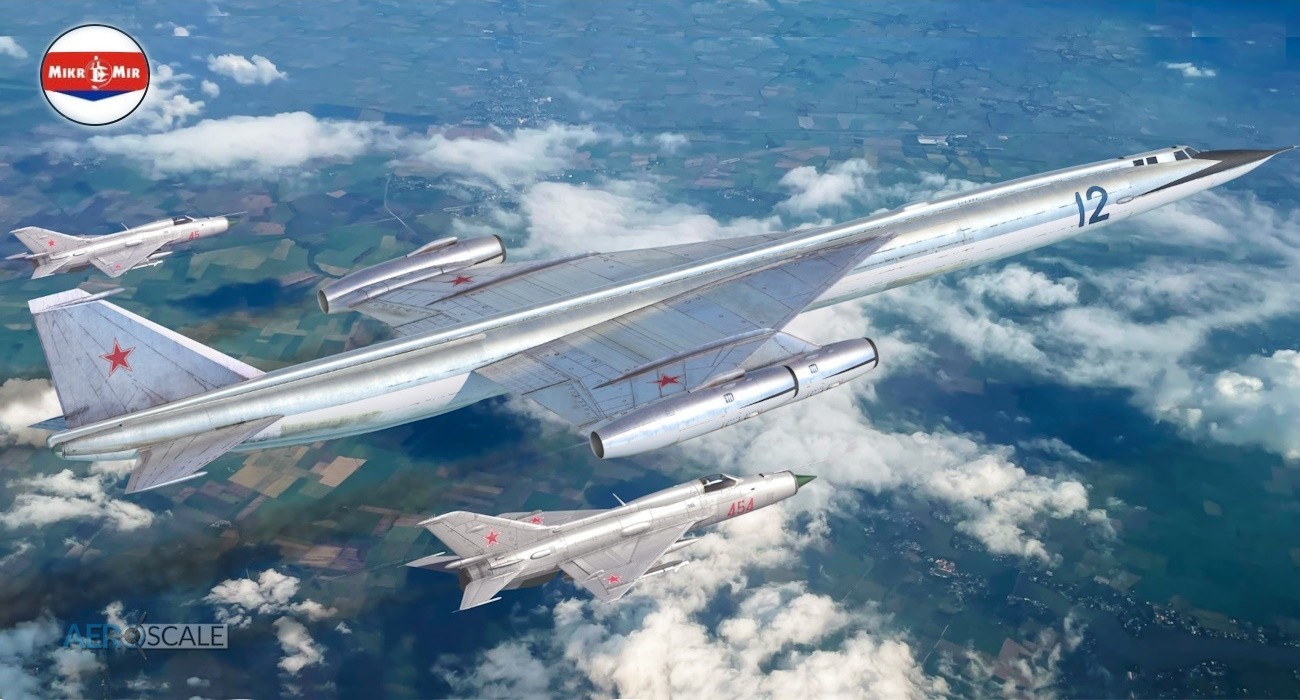



![F-4E Phantom II [Late] August Release](/upload/media/posts/2025-04/08/f-4e-phantom-ii-late-august-release_1744099167-s.jpg)
